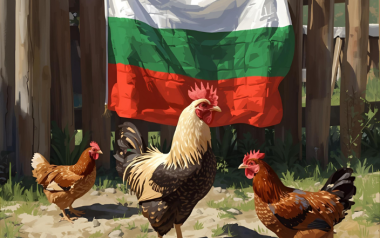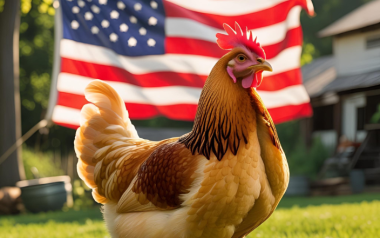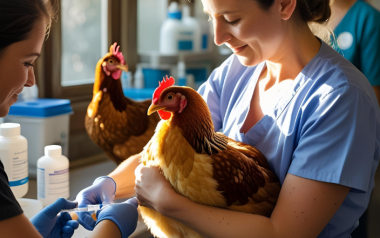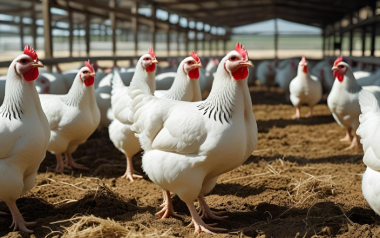AI viruses belong to the Orthomyxoviridae family, with low and high pathogenicity variants. Highly pathogenic agents have an Intravenous Pathogenicity Index (IPIV) equal to or greater than 1.2. Both low and highly pathogenic viruses are reportable and must be reported to the International Office of Epizootics (OIE) / World Animal Health Organization (OMSA) based in Paris, France (Control and prevention of Avian Influenza, a Latin American perspective)
07 Feb 2022
Avian flu continues to affect poultry production around the world
Avian Influenza (AI) is a highly contagious and pathogenic viral disease of birds that is caused by Type A Influenza […]
Available in other languages:
Avian Influenza (AI) is a highly contagious and pathogenic viral disease of birds that is caused by Type A Influenza viruses, with subtypes H5 and H7 being the most frequent responsible for outbreaks and epizootics in domestic birds worldwide (Control and prevention of Avian Influenza, a Latin American perspective).
The outbreaks increase, affecting several poultry operations worldwide and leading to higher economic losses that cannot be recovered. Since, as it is known, once the flock is infected, all birds should be culled to avoid any further spread of the virus, primarily the infections to humans.
Hundreds of thousands of birds have been culled in several countries since January. Here are de details about how bird flu is affecting:
- Canada: “Officials with the Canadian Food Inspection Agency say 12,000 turkeys at a commercial barn in western Nova Scotia had to be euthanized after avian influenza was discovered at the farm.”
- French: A total of 2.5 million birds were killed as the southwest of the country faces several outbreaks.
- Ghana: A total of 99,744 birds have been
TO CONTINUE READING REGISTER IT IS COMPLETELY FREE
Access to articles in PDF
Keep up to date with our newsletters
Receive the magazine for free in digital version
REGISTRATION
ACCESS
YOUR ACCOUNT
LOGIN
Lost your password?






































